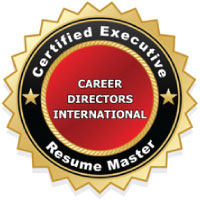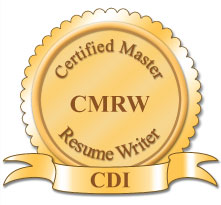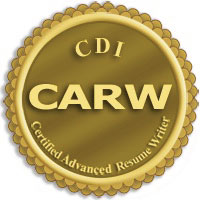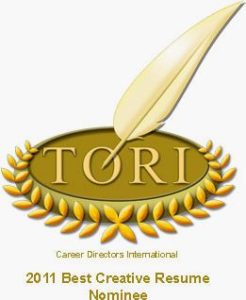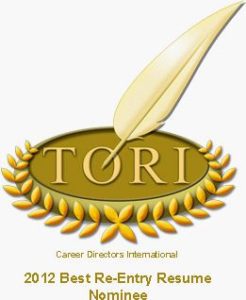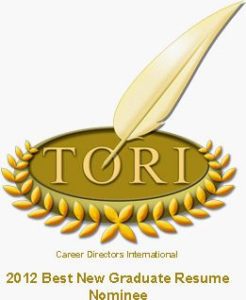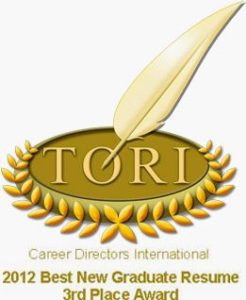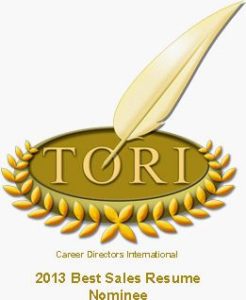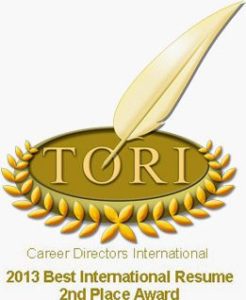On November 1, 2013, more than 150 career professionals from 6 countries met for the annual Career Thought Leaders’ Global Career Brainstorming Day to discuss best practices, innovations, trends, and other factors currently impacting global job search and career management. I am pleased to write about their findings, just as I have for the last 3 years!
November 1, 2013, more than 150 career professionals from 6 countries met for the annual Career Thought Leaders’ Global Career Brainstorming Day to discuss best practices, innovations, trends, and other factors currently impacting global job search and career management. I am pleased to write about their findings, just as I have for the last 3 years!
Resumes are not dead! Even if you get your foot in the door with LinkedIn or an Executive Bio, your resume will still be a key part of your job search process. You absolutely must show a recruiter, in no uncertain terms, how you will solve their client companies’ problems. And you’ll need to make your great impression in not 15 or 20 seconds, but six (6)!!
Here are the top 10 takeaways I’d like to share for resumes in 2014:
- Focus on your most current position. Many people reading resumes do not even look past that first position, so capture their attention right away! Remember that many recruiters are reading resumes on their phones, so make them mobile-friendly (there are applications available to create mobile-friendly resumes).
- Go for succinctness and clarity of direction, especially in your personal branding. Less is more. That means no 5-6-line summary paragraphs!
- Include quotes/testimonials on your resume – these tidbits are even easier to collect now that LinkedIn recommendations are so commonly given.
- Create multiple versions of your resume – for email, mobile, social media profiles, and yes, one on paper for networking and interviews.
- In most cases, keep your resume to 1-2 pages. Of course there are exceptions to this rule.
- In Europe, you may still include a photo, birth date and information about your familial relationships on your resume (Do NOT do this in the U.S., the U.K. or Australia). Generally, the U.S.-style “multinational” resume is becoming the norm.
- Be sure to have an ATS-friendly resume available for on-line applications. You might want one resume that works for both humans and ATS systems, or you might choose a format that works for both.
- Consider creating an infographic resume, which is a rising trend. Twitter resumes, video clips and other multi-media presentations will also make you stand out from the competition.
- Snail mailing a resume can make a good impression! Do it in addition to emailing and submitting on line!
- Don’t be afraid to include hyperlinks on your resume. This is a great way to keep things concise while offering a portal into the depth of your experience. More and more, resumes are becoming an aggregation of social media, with less content in the resume itself.
Wondering about LinkedIn? LinkedIn profiles are a complement to your resume, not a carbon copy. LinkedIn provides an opportunity to be more personal and engaging. As recommended in my e-book, How to Write a KILLER LinkedIn Profile, create a robust LinkedIn profile complete with multimedia presentations, projects and videos. And use your LinkedIn Summary to project your “motivation, passion and individuality.”
For more detail about trends in a range of job search categories, please go to the full article, Findings of 2013 Global Career Brainstorming Day: Trends for the Now, the New & the Next in Careers. For last year’s report, see my article, Are You Up on the Top Resume & Cover Letter Trends of 2012-2013?
Were you surprised by any of the findings? What did you learn? Please share in the comments below.

